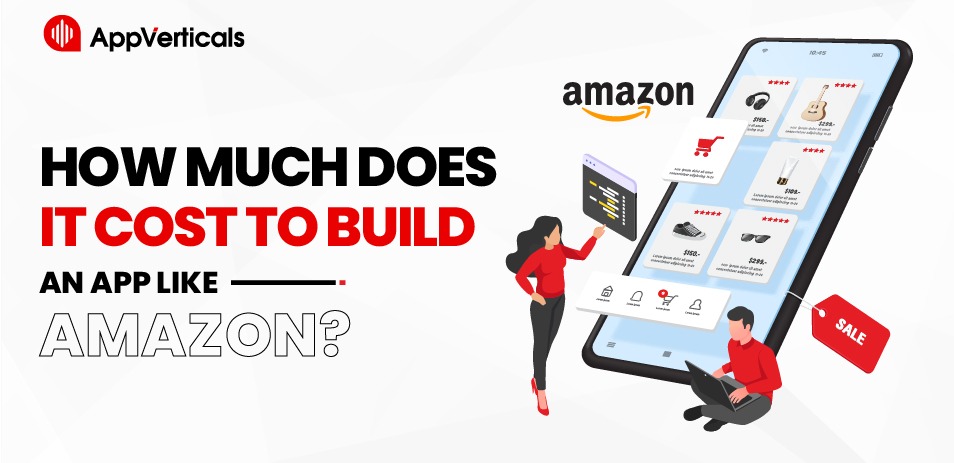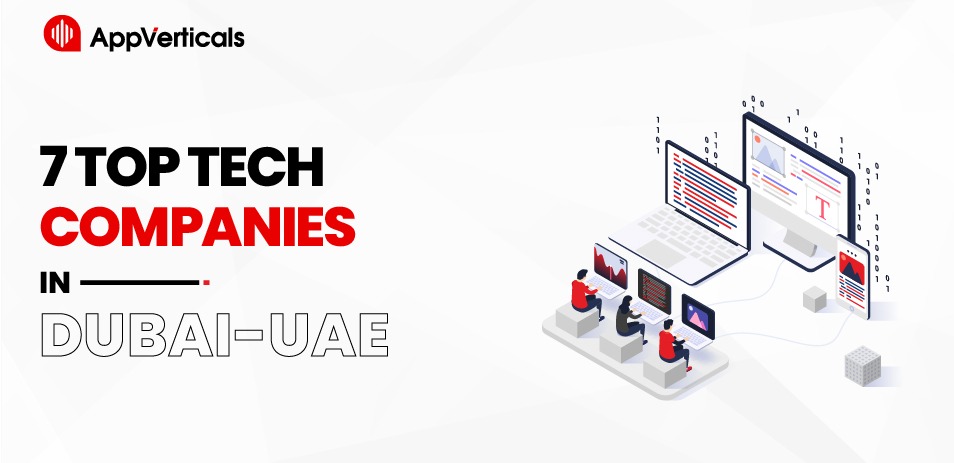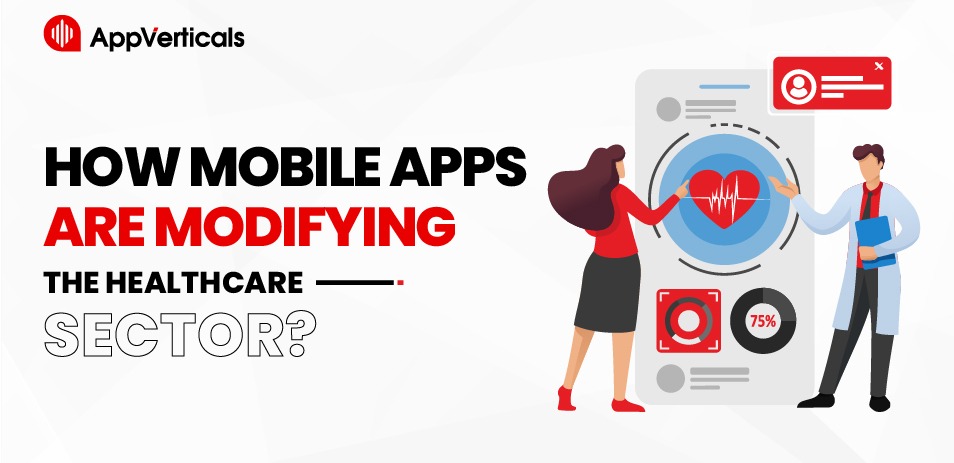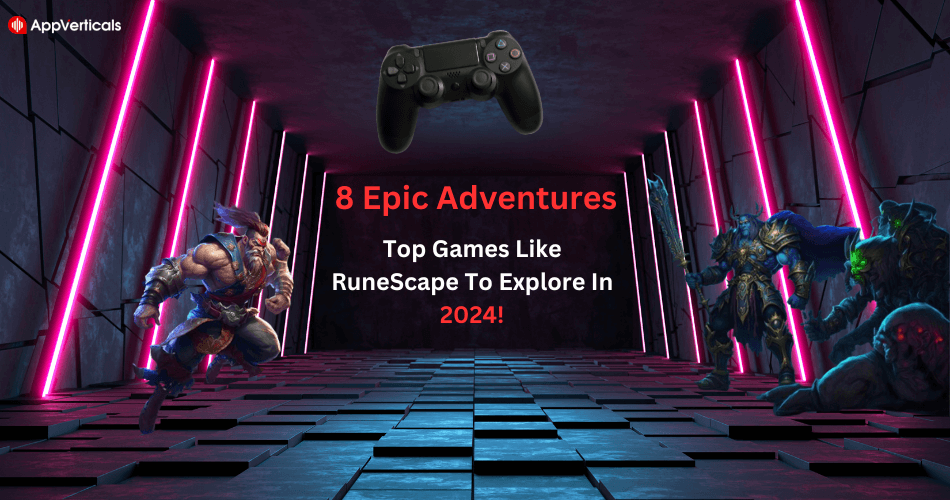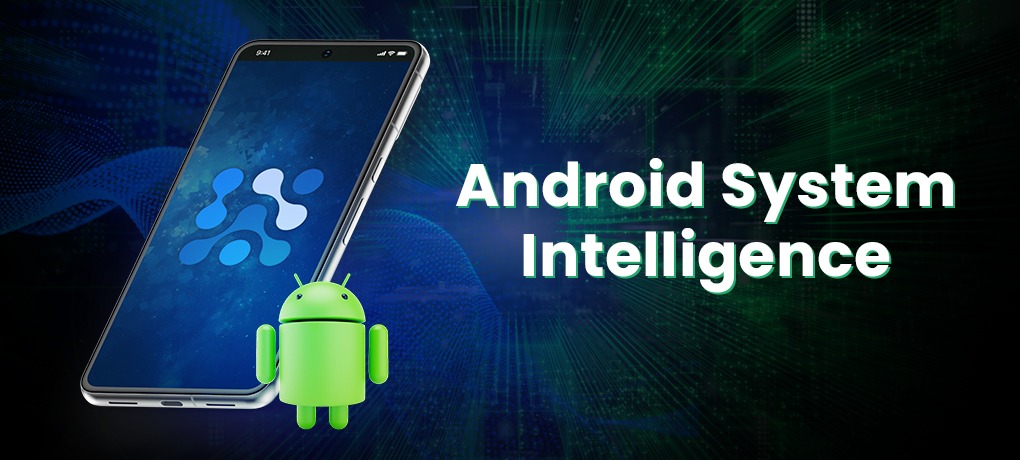The rise of e-commerce has changed the way we shop, and marketplace apps like Amazon are leading the way. These apps let customers easily browse products, make purchases, and track deliveries from many different vendors, all on one platform. Amazon’s success has inspired many businesses and entrepreneurs to think about building their own online marketplace apps.
But the big question is: How much does it cost to build an app like Amazon?
Developing a marketplace app involves careful planning, choosing the right features, selecting the best app development company, and having a smart development strategy. The cost can change based on things like the platform, the complexity of the app, and the development approach you choose. Understanding these cost factors is important for any business that wants to enter the growing world of shopping apps like Amazon.
In this blog, we’ll understand the marketplace app development process, break down the costs, and highlight the key features needed to create an app like amazon.
Let’s discuss it in detail!
What Are Marketplace Apps?
Marketplace apps are platforms that connect buyers with many different sellers, offering a wide variety of products and services in one place. Unlike single-seller apps, online marketplace apps allow many merchants to list their products, giving shoppers more choices.
A great example of this is Amazon, where sellers can reach many customers, and buyers can easily browse and buy items from different vendors in one app.
What makes marketplace apps stand out is their ability to handle complex transactions, support both buyers and sellers and manage things like shipping and payments. These apps succeed by offering a large selection of products, a smooth shopping experience, and a reliable system for buying and selling.
Other shopping apps, such as eBay, AliExpress, and Walmart, have built similar platforms that work just as effectively.
Key Features to Consider When Building a Marketplace App
Building a successful marketplace app like Amazon requires careful planning of the essential features. These features impact user experience, scalability, and overall success. Whether you’re aiming for an MVP (Minimum Viable Product) or a fully-featured app, there are some key features you should prioritize.
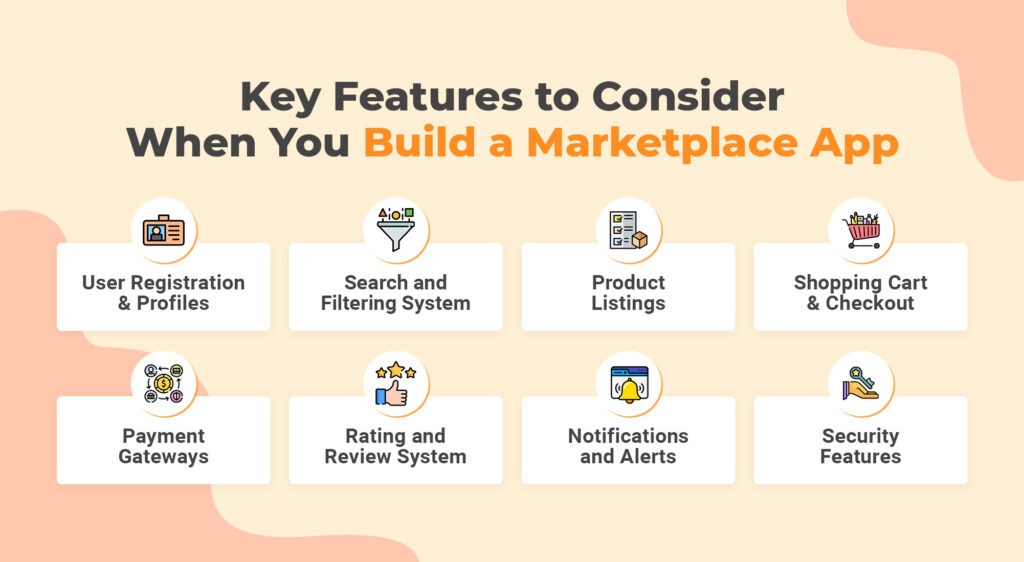
1. User Registration & Profiles
Your app should have easy registration for both buyers and sellers. For buyers, the sign-up process should be fast, allowing them to set up profiles to track orders, save wishlists, and store payment methods. Sellers need more advanced features, like dashboards, to manage listings, pricing, and reviews. Adding social logins (Google, Facebook) can make sign-up even smoother.
2. Search and Filtering System
A good search and filtering system is critical for apps like online marketplace apps, where many products are available. Buyers should easily find what they need through search filters based on categories, price, ratings, and availability. A “search suggestion” feature, similar to Amazon, can make the search process easier by offering smart recommendations as users type.
3. Product Listings
For a marketplace app to succeed, sellers need to create detailed product listings. This means allowing them to upload high-quality images, descriptions, specifications, and prices. A well-organized product page helps increase sales and lets buyers make informed choices. Sellers should also be able to update pricing and manage their inventories effortlessly.
4. Shopping Cart & Checkout
A smooth shopping cart and checkout experience is crucial for any shopping app like Amazon. Your app should handle multiple items, offer various payment methods, and split payments between sellers. Features like “Save for Later,” “Wishlist,” and “One-Click Checkout” can greatly improve the user experience.
5. Payment Gateways
Integrating a secure payment gateway is a must for marketplace app development. It should support credit cards, PayPal, and digital wallets while handling multi-vendor payments. Using payment gateways like Stripe or PayPal ensures both security and convenience.
6. Rating and Review System
Trust is key in a marketplace, and a solid rating and review system helps create it. Buyers should be able to review products, while sellers can respond. This open feedback loop builds trust and encourages more users to engage with your platform.
7. Notifications and Alerts
Push notifications and alerts keep users engaged. Buyers can receive updates on orders or new products, while sellers get alerts on sales or changes in their listings. Timely notifications can significantly improve user retention and engagement.
8. Security Features
Security is crucial, especially when handling sensitive information like payments. Strong encryption, secure logins (two-factor authentication), and regular security audits help protect your users and build trust.
Understanding the Marketplace App Like Amazon Development Process
Building a marketplace app like Amazon requires going through several important stages, from the initial idea to the final launch. The process is detailed and requires close teamwork between business leaders and developers.
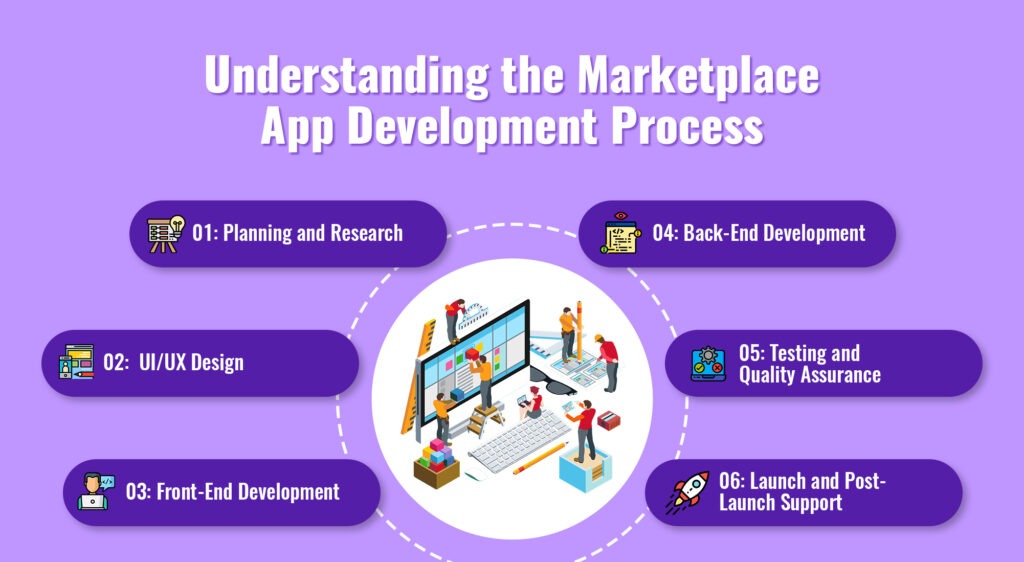
Knowing these steps helps keep the marketplace app development cost under control while ensuring you end up with a high-quality app.
1. Planning and Research
Before any development starts, thorough research and planning are necessary. This means studying your target audience, researching competitors, and deciding on the core features of your app. It’s important to define user personas for both buyers and sellers to ensure the app meets their needs. You’ll also need to choose between launching on iOS, Android, or both, and whether you want to use native or hybrid development approaches.
2. UI/UX Design
The success of your app depends a lot on its UI and UX design. A well-designed app should be simple to use, even if it offers many features for both buyers and sellers. It’s crucial to design a smooth process for browsing products, placing orders, and making payments. Using prototypes and wireframes during this stage helps to visualize the user flow before the actual development starts.
3. Front-End Development
The front-end development focuses on the part of the app that users interact with directly. This includes building the layout, buttons, and navigation that make the app easy to use. Front-end developers use coding languages like HTML, CSS, JavaScript, and platform-specific languages like Swift (for iOS) or Kotlin (for Android) to build a responsive, user-friendly interface.
4. Back-End Development
Back-end development sets up the server, database, and APIs that power the app’s core features. This is where important functions like user management, payment processing, and product listings are built. A scalable and secure back-end is vital to handling sensitive user data and managing high traffic loads.
5. Testing and Quality Assurance
Testing is one of the most important stages in the development process. It ensures the app runs smoothly across various devices and situations. Both manual and automated tests help spot bugs, security problems, and usability issues. Testing early and often helps avoid costly fixes after the app is live and ensures a smooth experience for users.
6. Launch and Post-Launch Support
Once development and testing are complete, your app is ready to launch. But even after launch, regular updates, performance improvements, and new features will be needed to keep it competitive. Post-launch support is essential to fixing any issues users encounter and ensuring the app remains functional and relevant.
By following this process, you can ensure that your online marketplace app is well-organized, user-friendly, and ready to grow as your business expands.
Launch Your Own Marketplace App.
We Build Scalable, Feature-Rich Apps Like Amazon.
Let’s Make It HappenFactors That Influence the Cost of Building a Marketplace App
Building a marketplace app like Amazon involves a lot of planning, and the costs can vary depending on several important factors. Understanding these factors will help you manage your marketplace app development cost and ensure you budget wisely.
Here are the key elements that influence the pricing when you set out to build a marketplace app.
Platform Choice: iOS, Android, or Both?
One of the first things to decide is the platform for your app. Are you building for iOS, Android, or both? Developing a native app (an app specifically built for one platform) will cost more, especially if you’re creating for both platforms, because it requires two separate development teams. However, native apps generally offer better performance.
Alternatively, you can choose cross-platform solutions like React Native, which allow you to develop one app that works on both iOS and Android. This can save time and money, but there might be slight compromises in performance.
Native apps for both platforms can cost 20-30% more than cross-platform solutions.
Feature Set and Complexity
The complexity of the features is the biggest factor in determining cost. A basic marketplace app with features like user registration, product listings, and simple payment gateways will cost less. However, if you’re building an app with advanced features like personalized recommendations powered by AI, real-time order tracking, and detailed analytics, the cost will be much higher.
- Simple app: $30,000 – $50,000
- Medium complexity (with advanced filters, ratings, etc.): $50,000 – $100,000
- Complex apps like Amazon: $100,000 and above
UI/UX Design
A good UI/UX design is essential for your app’s success. It should be intuitive and provide a smooth user experience. Custom designs tailored to your brand will cost more than using basic templates. However, investing in a high-quality design can reduce user frustration and boost sales.
The process involves creating wireframes and prototypes and optimizing the user flow, all of which affect the cost.
UI/UX design can range from $5,000 to $30,000 depending on the complexity.
Development Team Location and Expertise
Where you hire your development team plays a significant role in determining costs. For example, developers in the United States and United Kingdom typically charge much more than those in the United Arab Emirates (UAE). However, expertise and experience are equally important as skilled developers can help you avoid costly mistakes.
Hourly Rates:
- United States/United Kingdom: $100 – $200 per hour
- United Arab Emirates: $50 – $100 per hour
Third-Party Integrations
To make your marketplace app functional, you’ll need to integrate third-party services like payment gateways (e.g., Stripe, PayPal), shipping solutions, or cloud storage. While some of these services are scalable, the development time to integrate them into your app adds to the cost. Additionally, there are ongoing fees to consider for using these services.
This could add $5,000 to $20,000, depending on the complexity and number of integrations.
Ongoing Maintenance and Updates
Once your app is live, it will need regular maintenance. This includes fixing bugs, adding new features, and keeping up with new OS updates. Planning for these costs from the start will help keep your app running smoothly and ensure long-term success.
Maintenance costs typically range from 15-20% of the initial development cost per year.
Marketing and User Acquisition
Building a great app is only half the battle. You need to get users to download it! Marketing and user acquisition strategies like SEO, social media ads, and influencer collaborations are crucial for driving traffic to your app. Budgeting for these efforts is essential for your app’s success.
It’s common to allocate 10-20% of your total budget toward marketing.
Post Development Costs to Consider
Here’s an informative description outlining the post-development costs when building a marketplace app.
| Cost Category | Description | Estimated Cost Range |
| Maintenance and Updates | Regular updates to fix bugs, improve features, and ensure compatibility with new devices and OS versions. | $500 – $5,000 per month |
| Bug Fixes | Costs incurred for identifying and resolving bugs reported by users or found during testing phases. | $100 – $1,500 per bug |
| Scaling Costs | Expenses associated with increasing server capacity, optimizing database performance, or adding new features. | $1,000 – $10,000 per scaling event |
| Marketing and User Acquisition | Ongoing expenses for marketing strategies, such as social media ads, influencer partnerships, and SEO campaigns. | $1,000 – $20,000 per month |
| Security Patches | Regular updates to ensure the app is protected against security vulnerabilities and cyber threats. | $300 – $2,000 per patch |
| Hosting Costs | Monthly fees for hosting services, including cloud storage and server management to keep the app running smoothly. | $100 – $1,500 per month |
| Server Management | Costs for managing server performance, backups, and uptime monitoring to ensure the app remains operational. | $200 – $1,000 per month |
How to Reduce Marketplace App Development Costs
Building a marketplace app can be pricey, but you can manage and lower the marketplace app development cost without sacrificing quality. With the right planning, smart development methods, and using existing tools, you can stretch your budget. Here are some practical ways to reduce costs while building your online marketplace app.
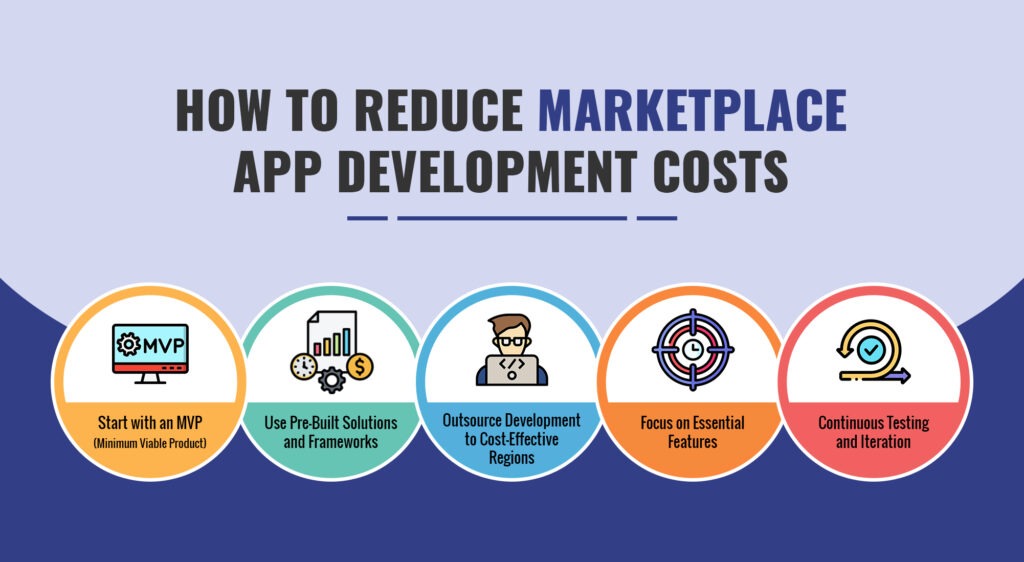
Start with an MVP (Minimum Viable Product)
One of the best ways to save money is by starting with a Minimum Viable Product (MVP). Instead of creating a fully loaded app right away, focus on the core features needed to launch. An MVP allows you to release a simpler version of your app quickly and at a lower cost. Once it’s live, you can gather user feedback and improve it over time by adding new features based on what users actually need.
Estimated savings: Starting with an MVP can cut initial costs by 30-50%.
Use Pre-Built Solutions and Frameworks
Instead of developing every feature from scratch, take advantage of pre-built solutions and frameworks. Many open-source platforms and tools can be customized to meet your app’s needs. Frameworks like Ruby on Rails or Laravel can speed up development, and you can use third-party tools for features like payments or notifications. This approach saves both time and money.
Estimated savings: Using pre-built solutions can reduce development time by 20-40%.
Outsource Development to Cost-Effective Regions
Hiring a development team from regions with lower hourly rates, such as Eastern Europe or South Asia, can dramatically lower costs. Outsourcing doesn’t mean lower quality – many developers in these regions are highly skilled and can deliver excellent apps at a fraction of the cost compared to North America or Western Europe.
Estimated savings: Outsourcing can lower development costs by 30-60%, depending on the region.
Focus on Essential Features
When planning your marketplace app, prioritize the most important features that directly affect the user experience and your business. Adding too many features upfront can raise both the cost and timeline. Instead, focus on the basics like user registration, product search, listings, and payment processing. You can add advanced features later.
Estimated savings: Focusing on essential features can reduce initial costs by 20-30%.
Continuous Testing and Iteration
Testing throughout development helps catch bugs early, which can prevent costly fixes later. Using automated testing tools can speed up the process and ensure your app runs smoothly without needing too much manual testing.
Estimated savings: Early bug fixes and efficient testing can save up to 15% in post-launch costs.
Choosing the Right Technology Stack for Your Marketplace App
Selecting the right technology stack is crucial when building a marketplace app like Amazon. The technology you choose affects the app’s performance, scalability, and ease of development. Here’s a simple breakdown of what to consider when deciding how to build a marketplace app.
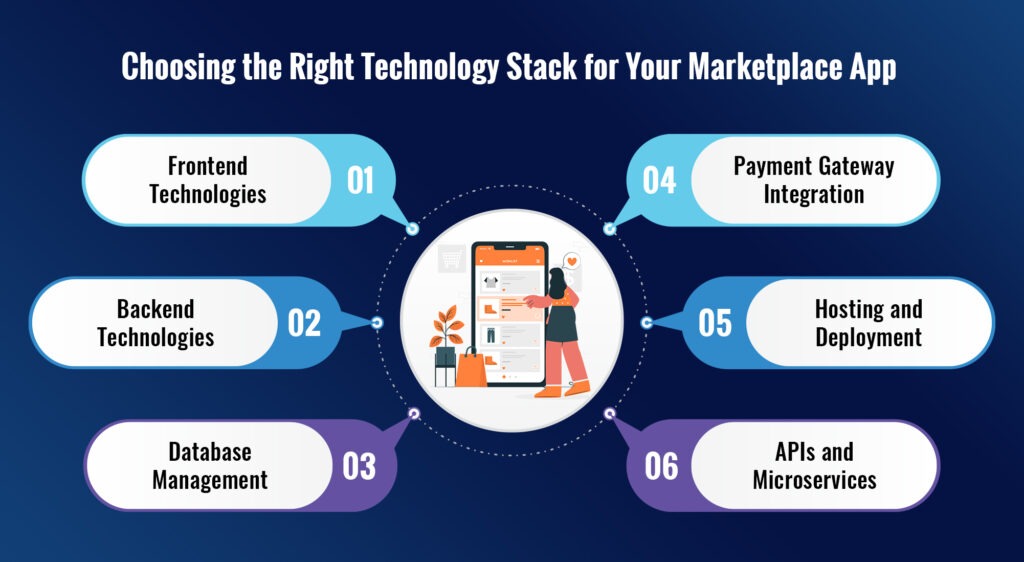
Frontend Technologies
The front end is what users see and interact with in your app. Choosing the right tools here ensures your app is fast, responsive, and engaging.
- Frameworks and Libraries: Popular options include React, Angular, and Vue.js. These tools are great for creating interactive and dynamic user interfaces that provide smooth navigation and performance.
- Mobile Development: If you’re building an app for mobile users, consider frameworks like React Native or Flutter. These allow you to create apps for both iOS and Android using one codebase, saving you time and money.
Backend Technologies
The backend is the engine that powers your app, handling data storage and server-side operations.
- Programming Languages: Node.js, Python, and Ruby on Rails are common choices. Node.js is especially good for apps needing speed and scalability and is perfect for handling many users at once.
- Frameworks: Tools like Express.js (for Node.js) or Django (for Python) help speed up development by providing built-in features that improve your app’s overall performance.
Database Management
Your app’s database is where user data, product listings, and transactions are stored. Choosing the right type is key to managing this data effectively.
- Relational Databases: MySQL and PostgreSQL are great for apps needing structured data and complex queries. They offer data security and ensure smooth transactions, making them ideal for online marketplace apps.
- NoSQL Databases: If you need flexibility and scalability, consider NoSQL options like MongoDB or Firebase. These are better for apps that need to grow fast as your user base expands.
Payment Gateway Integration
A secure, reliable payment system is essential for any marketplace app.
- Popular Payment Solutions: Options like Stripe, PayPal, and Square are trusted for handling transactions securely. They also offer easy-to-use APIs that simplify integration.
- Multiple Payment Options: Offering users several payment methods increases convenience and improves the chances of completing sales.
Hosting and Deployment
Your app needs a reliable hosting solution to ensure smooth operation and accessibility.
- Cloud Hosting: Services like AWS, Google Cloud, and Microsoft Azure offer scalable hosting solutions. They also provide services like load balancing to ensure your app stays fast, even as more users join.
- Containerization: Tools like Docker ensure your app runs consistently across different environments, making it easier to deploy and maintain.
APIs and Microservices
Using APIs and microservices helps you scale your app and keep it running smoothly.
- RESTful APIs: These allow different parts of your app to communicate efficiently, making it easy to update or scale specific features without affecting the whole app.
- GraphQL: This alternative to REST APIs offers more efficient data querying, reducing the amount of unnecessary data fetched.
Dominate Your Market With A Powerful Marketplace App.
Our Cutting-Edge Solutions Offer Unmatched Scalability, Performance, And User Experience.
Let’s Build Your Next Big Thing.Costs of Developing Top Marketplace Apps Similar to Amazon!
| App Name | Basic Features (e.g., User Registration, Product Listings) | Advanced Features (e.g., User Reviews, Recommendations) | Premium Features (e.g., AI-Powered Search, Multi-Vendor Support) | Estimated Development Cost Range |
| eBay | User profiles, bidding, product listings | User reviews, seller ratings, notifications | AI recommendations, auction capabilities, advanced seller tools | $60,000 – $200,000 |
| Etsy | Product listings, shopping cart, user registration | User-generated content, favorites, seller profiles | Advanced search filters, promotional tools, analytics dashboards | $70,000 – $300,000 |
| Walmart | Basic shopping cart, user login, product search | Price comparison, product recommendations, reviews | Mobile wallet integration, same-day delivery, custom alerts | $80,000 – $500,000 |
| Target | Simple product listings, categories, checkout | User reviews, wish lists, sales alerts | Loyalty programs, personalized recommendations, augmented reality | $75,000 – $350,000 |
| Alibaba | User registration, product listings, bulk purchase options | User feedback, negotiation tools, supplier profiles | Integrated payment systems, advanced logistics, international shipping | $90,000 – $600,000 |
Wrapping it Up!
Estimating the cost of building a marketplace app like Amazon involves several important factors. Consider the features you want. More features can lead to higher costs, so it’s best to focus on the essential ones first. Next, the development team you choose is crucial. You can hire freelancers, local agencies, or offshore teams, and their experience will affect the overall success of your app.
Another important factor is the technology stack. Choosing the right technologies for your app will help you achieve your goals.
Don’t forget about ongoing maintenance. After launching your app, you will need to budget for updates and support.
Need Further Assistance? Contact Now!

